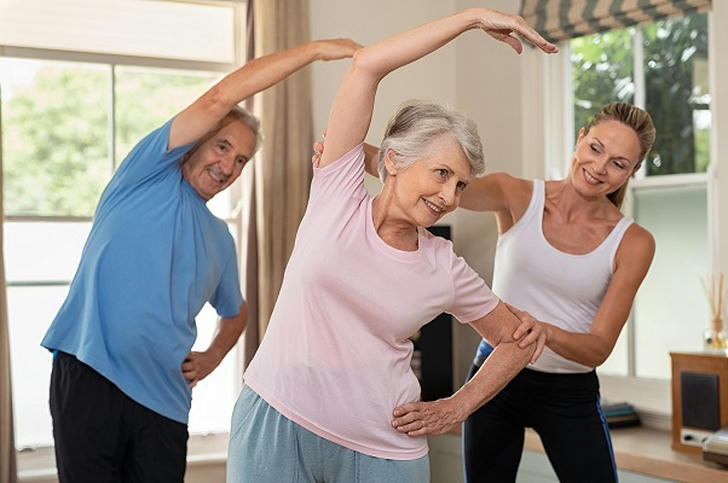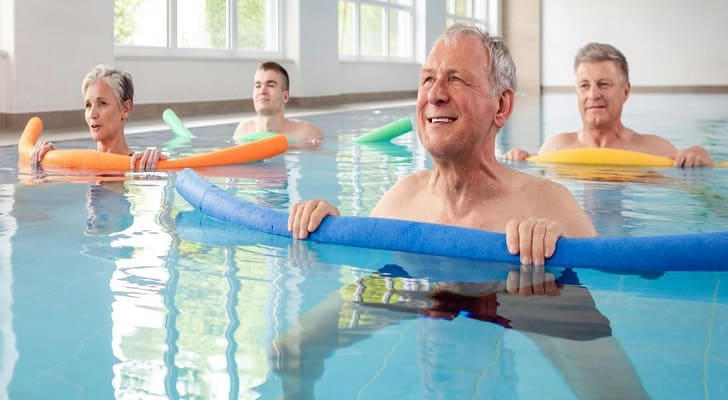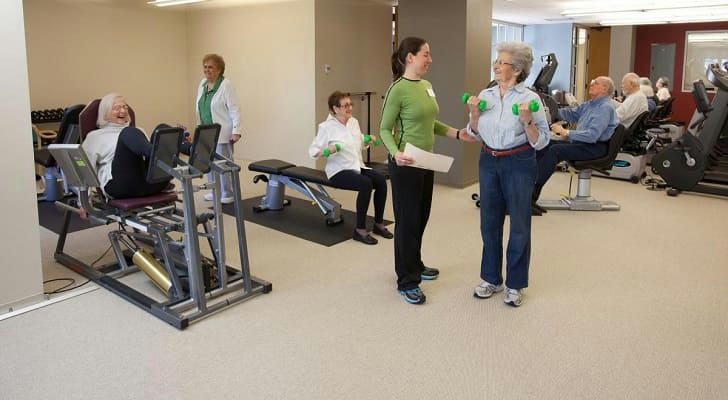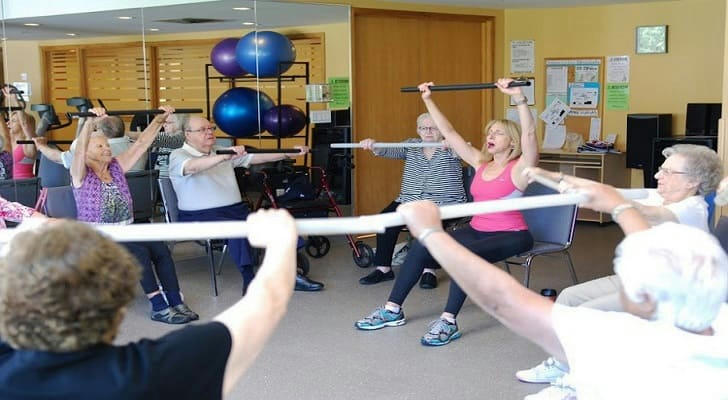Senior Fitness: The Key to Vitality and Health

As we age, maintaining good health becomes increasingly important. Fitness for seniors not only improves the quality of life but also helps prevent and manage chronic diseases and enhances social connections. This article explores the benefits of senior fitness through data and examples.
I. The Benefits of Senior Fitness
- Cardiovascular Health: Regular physical activity can significantly reduce the risk of heart disease and stroke.
- Muscle and Bone Strengthening: Proper exercise helps maintain muscle mass and bone density.
- Balance and Flexibility Improvement: Prevents falls, reduces the risk of fractures, and improves the ability to take care of daily life tasks.

II. Data Support for Senior Fitness
Here are some key data points showing the positive impact of senior fitness on health:
| Data Category | Specific Data | Description |
|---|---|---|
| Cardiovascular Risk Reduction | 30-35% reduction | According to the American Heart Association, the incidence of heart disease in seniors who exercise regularly is significantly reduced. |
| Fracture Risk Reduction | 40-50% reduction | Proper weight training and balance exercises can significantly reduce the risk of falls and fractures. |
| Mortality Reduction | 22% reduction | A long-term study of individuals over 65 showed that those actively engaged in physical activities had a lower mortality rate. |
III. Case Studies in Senior Fitness
- Case Study 1: At 78 years old, Grandma Zhang improved her balance and expanded her social circle by participating in a community Tai Chi class, enhancing her quality of life.
- Case Study 2: Grandpa Li, 65, effectively managed his high blood pressure through regular swimming, reducing his reliance on medication.

IV. Suitable Fitness Activities for Seniors
- Aerobic Exercise: Such as walking or swimming, helps improve cardiorespiratory function.
- Strength Training: Using dumbbells or resistance bands to enhance muscle strength.
- Flexibility Exercises: Such as yoga and stretching to improve body flexibility.
- Balance Training: Such as standing on one leg to prevent falls.
V. Developing and Maintaining a Fitness Plan
- Consult a Doctor: Conduct a health assessment before starting to ensure the safety of the exercise plan.
- Set Goals: Set achievable short-term and long-term goals based on personal conditions.
- Gradual Increase: Start with low-intensity exercises and gradually increase frequency and intensity.
- Consistency: Establish a regular exercise routine, aiming for at least 150 minutes of moderate-intensity exercise per week.

VI. Conclusion
Fitness for seniors is an essential way to maintain health, vitality, and independence. By engaging in appropriate exercise, seniors can not only improve their physical health but also enjoy a more active and fulfilling life. It is hoped that the data and examples in this article will encourage more seniors to actively participate in fitness activities and enjoy a healthy life.
